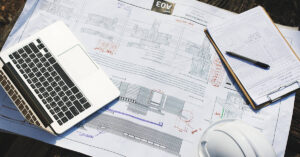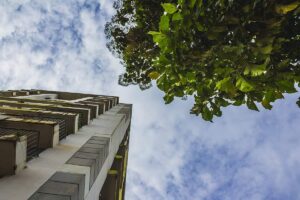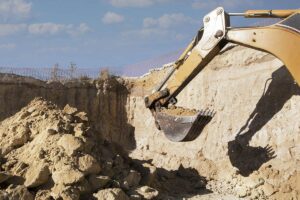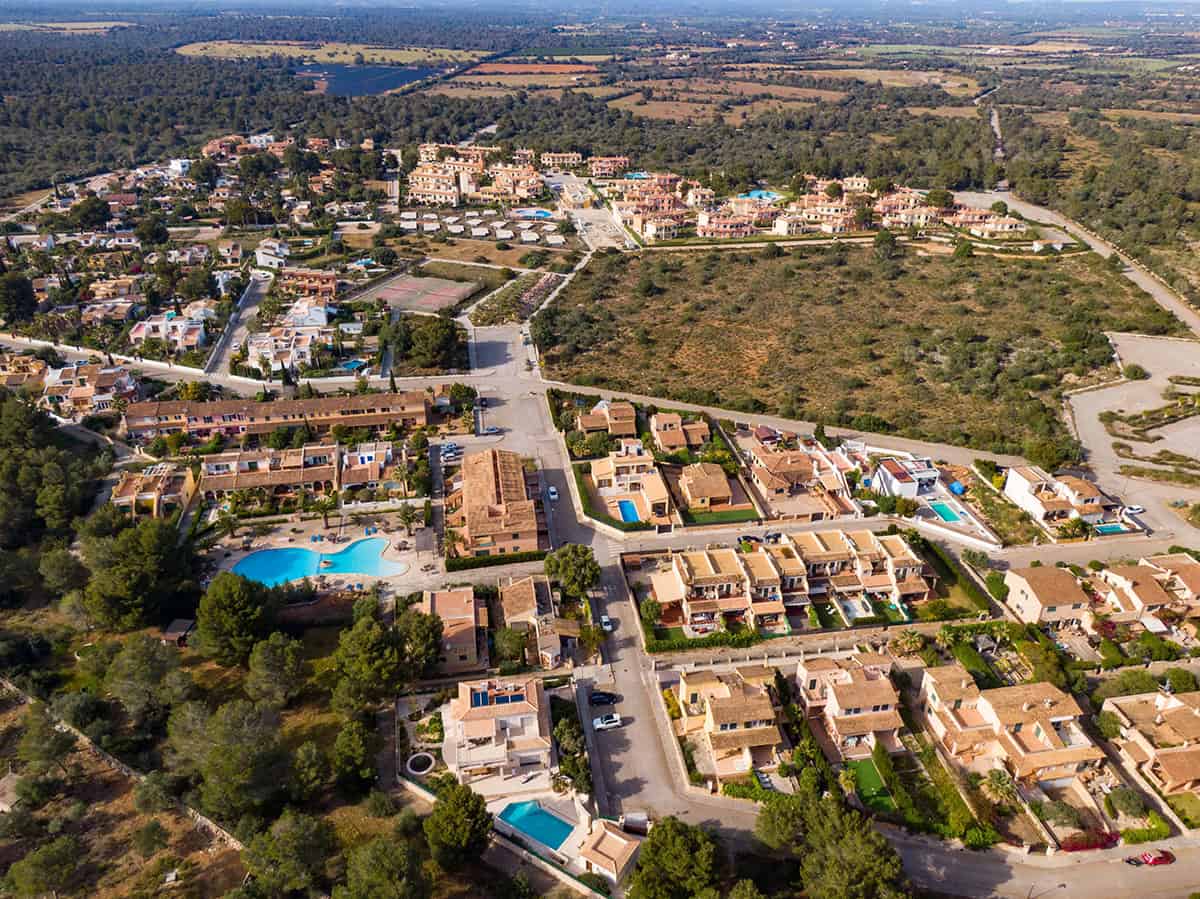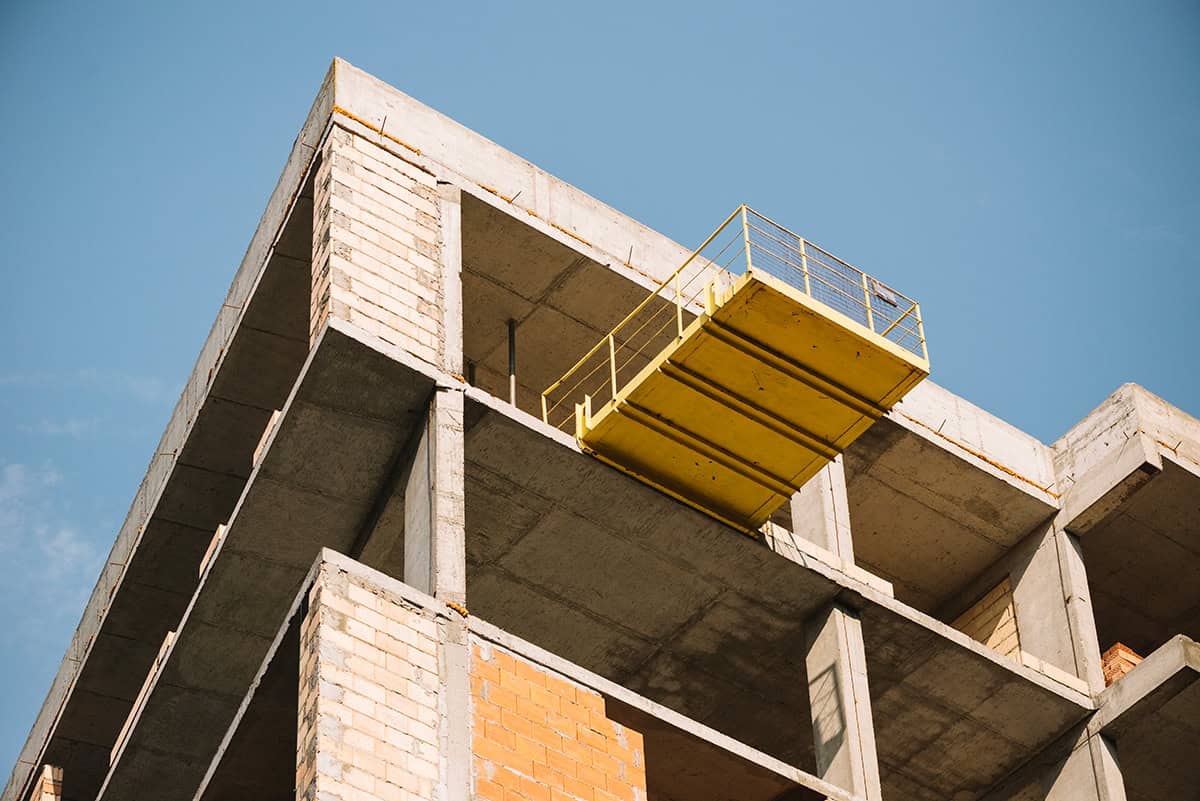Today’s buildings are expected to be more than just beautiful or functional – they need to be smart, efficient, and environmentally responsible. Sustainable and bioclimatic design has become a key criterion in every modern project, combining technology, economy, and environmental awareness.
In practice, this means designing buildings that provide comfort and energy efficiency, while reducing their overall environmental footprint.
What Sustainable Design Means
Sustainable building design is the process of creating structures that operate with respect for the environment, society, and the economy.
It’s not only about materials or energy use – it concerns the entire life cycle of a building, from planning and construction to operation and renovation.
Core Principles of Sustainable Design
- Energy efficiency: Reducing consumption through proper insulation, shading, renewable energy systems (RES), and efficient MEP installations.
- Resource conservation: Rational use of water, materials, and energy.
- Sustainable materials: Selecting materials with a low environmental impact, preferably recyclable or locally produced.
- Waste management: Minimizing, reusing, and recycling construction and operational waste.
- Indoor environmental quality: Ensuring wellbeing through natural light, proper ventilation, and healthy air quality.
The goal is to achieve balance between functionality, comfort, and environmental responsibility – the foundation of modern sustainable buildings.
What Bioclimatic Design Is and How It Works
Bioclimatic design is the practical tool for achieving sustainability in real terms.
It’s the architectural approach that takes into account the local climate and natural energy sources, ensuring thermal comfort with minimal energy consumption.
Main Principles of Bioclimatic Design:
- Sunlight utilization: Harnessing solar heat in winter and providing shading in summer.
- Natural ventilation: Strategic window placement to enable cross-ventilation and airflow.
- Proper orientation: Designing buildings to make the most of sunlight and shade throughout the year.
- Thermal insulation: Using breathable materials that help maintain a stable indoor temperature.
- Active energy systems: Integrating photovoltaic panels or solar water heaters.
A well-designed bioclimatic building uses less energy for heating, cooling, and lighting, while offering a healthier and more pleasant living environment.
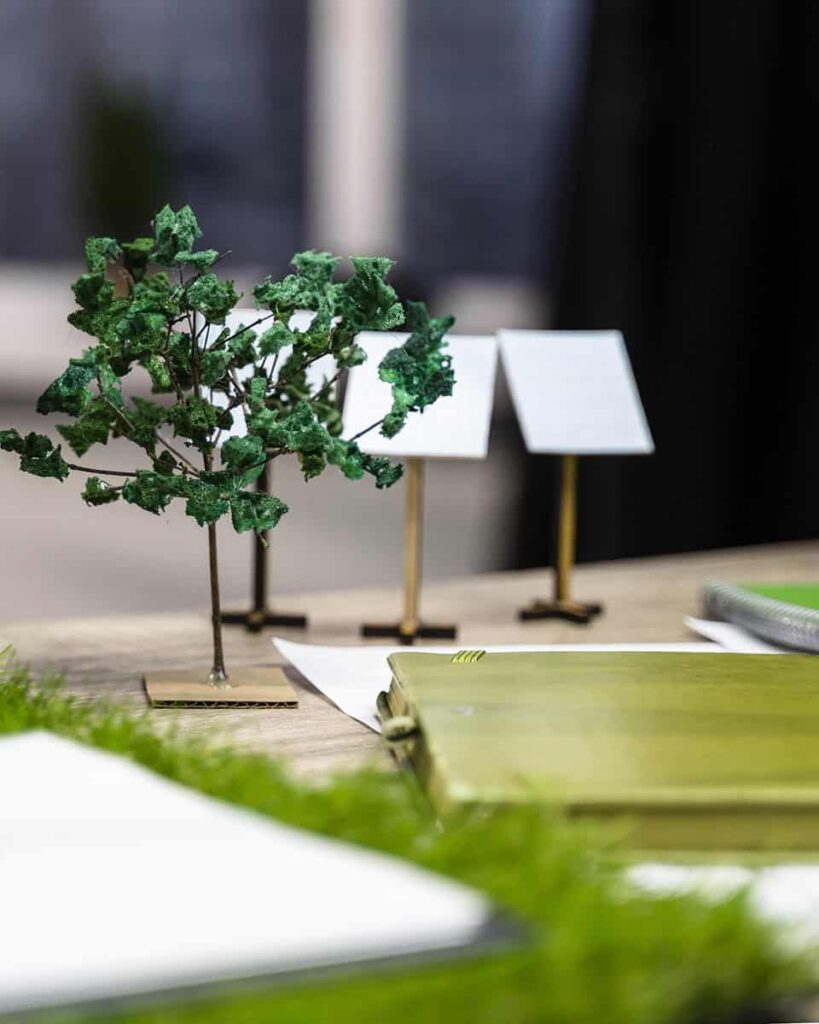
How Technology Makes Buildings Smarter
Technology now plays a decisive role in sustainable architecture.
With the use of energy simulation tools and Building Information Modeling (BIM), engineers can predict and optimize a building’s performance even before construction begins.
Modern Applications
- Smart sensors and automation for lighting, heating, and ventilation control.
- Renewable energy systems such as solar panels and heat pumps.
- Low-energy materials with reflective or natural thermal properties.
- Energy performance simulations to assess efficiency at every stage.
Modern buildings can therefore be not only safe and visually appealing, but also technologically efficient and environmentally conscious.
The Benefits for Property Owners
Sustainable and bioclimatic design is not just about ecology – it’s also about the comfort, health, and economy of the end user.
Practical Advantages
- Lower operating costs: Reduced energy bills and maintenance needs.
- Improved living quality: Consistent indoor temperature, natural light, and clean air.
- Increased property value: Sustainable buildings are more attractive and durable investments.
- Environmental responsibility: A contribution to a greener and more resilient future.
- Long-term durability: Better structural and energy performance over time.
A “smart” building provides what modern life demands — comfort, efficiency, and peace of mind.
Practical Steps – How to Get Started
If you’re planning to build or renovate, the path to sustainability is easier than it seems.
The key is to start gradually — laying the foundation for an energy-efficient and future-ready home.
Begin with a site orientation study. Proper building orientation and daylight use can drastically reduce heating and lighting needs.
For existing properties, request an energy or structural adequacy assessment to identify the most cost-effective upgrades.
Then focus on targeted improvements:
- Replace windows with energy-efficient, thermally broken frames.
- Consider installing solar panels or a heat pump to reduce reliance on fossil fuels.
- Use eco-friendly materials, durable and low-maintenance, both for insulation and interior design.
Finally, the most important step is to choose an experienced engineering team that combines structural, architectural, and energy expertise to deliver practical and efficient solutions.
The process doesn’t have to be complex. With good planning and a step-by-step approach, any project can become energy-efficient, modern, and sustainable, providing comfort and savings for years to come.
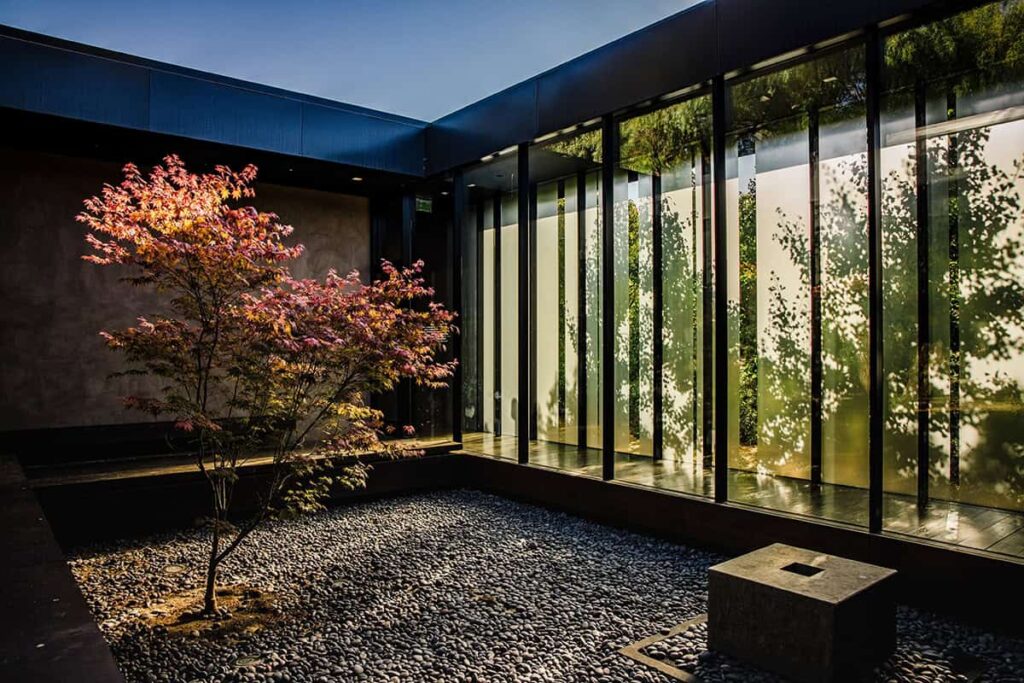
Case Studies – Real-World Applications of Sustainable Design
At Katsouris Engineering, sustainable and bioclimatic design principles are integrated into every stage — from concept to supervision.
Below are a few characteristic examples:
Four-Storey Apartment Building – Peristeri, Attica
Comprehensive architectural, structural, and MEP design, including on-site supervision.
The project features modern apartments with optimized energy performance, natural shading, and low-consumption materials.
👉 View Project
Reconstruction of Fire-Damaged Residence – Mati, Attica
Full redesign and reconstruction of a house affected by the 2018 wildfires.
The study focused on structural strengthening, energy efficiency, and integration with the natural environment, using fire-resistant and eco-friendly materials.
👉 View Project
Architectural Proposal – Two-Storey Residence, Gerakas, Attica
A modern design emphasizing functional organization and energy autonomy.
Two independent entrances, private outdoor areas, and smart shading and natural lighting, aiming for Energy Class A with PV-ready infrastructure.
👉 View Project
Each project reflects the same core philosophy: technical excellence, modern technology, and environmental responsibility.
Katsouris Engineering – Design with Responsibility and Innovation
At Katsouris Engineering, sustainable design is not a trend — it’s a philosophy.
Every project — from architectural proposals to structural and MEP studies — is developed using modern technologies, energy simulations, and low-impact materials.
Our goal is to create durable, safe, and functional buildings that respect both people and the environment.
Sustainable and bioclimatic design is more than a “green choice” — it’s a long-term investment in the future.
With the right team and a well-designed plan, every new building can unite technology, performance, and aesthetics into a result that truly stands out.
Contact Katsouris Engineering to learn how your project can be designed with sustainability and modern technology in mind.

